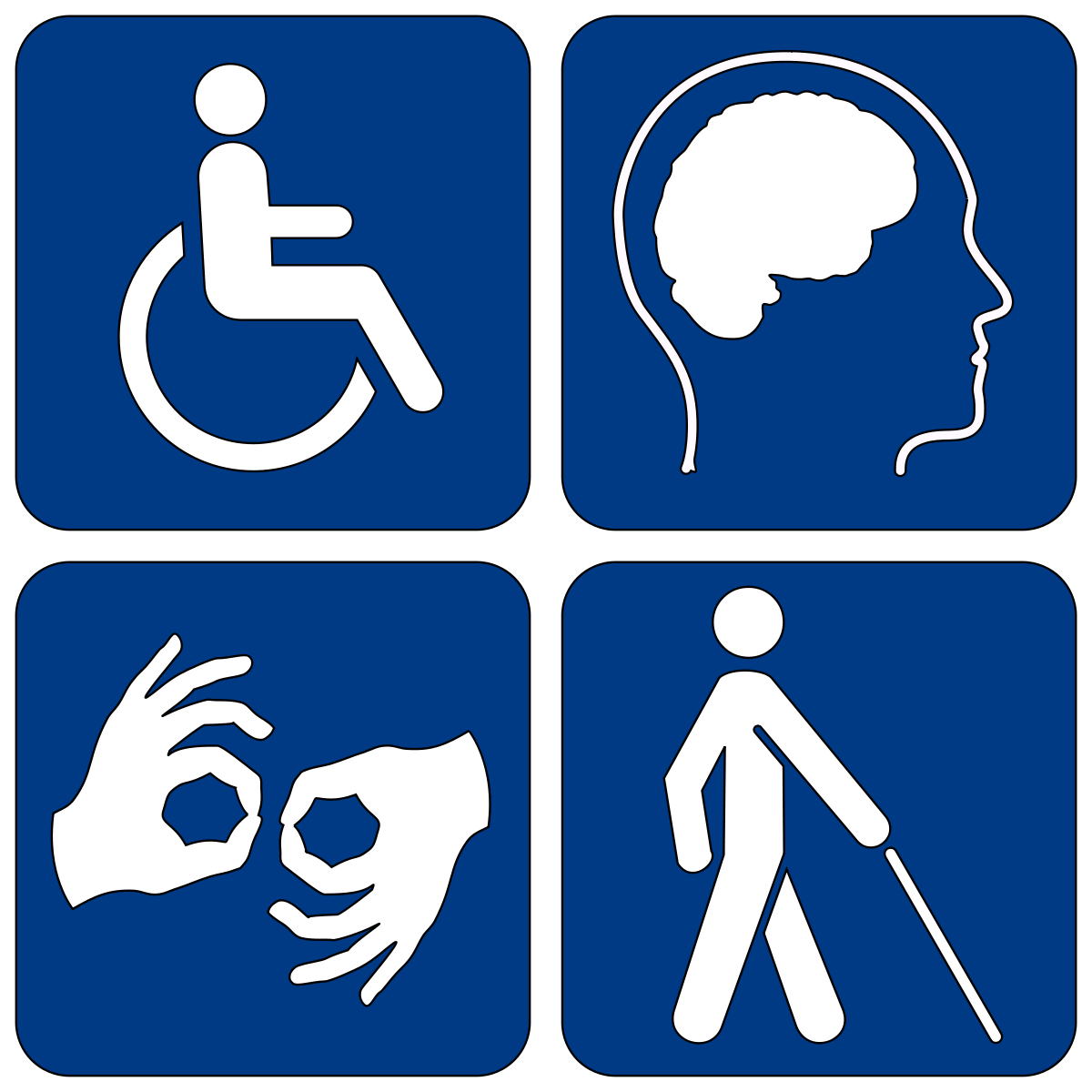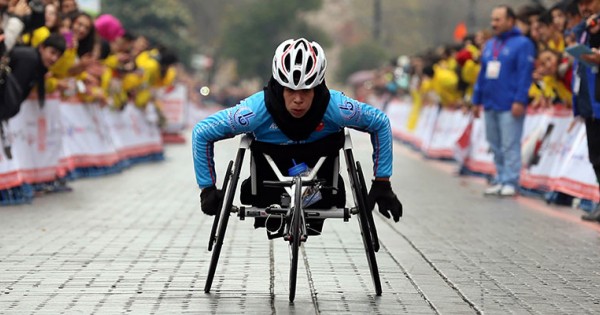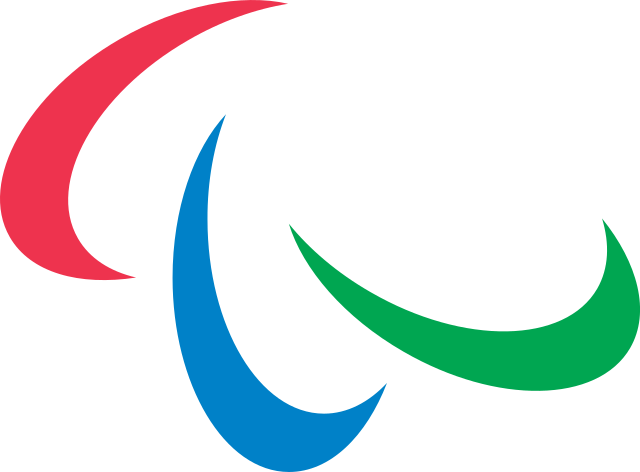BUS Project
Disabilities: Definition and Classification
What Is a Disability?
Disability defined as limitation of certain movements, sensations or functions due to injury or a physical or mental illness. A can have disability from birth or after birth.
Also, according to WHO, Disability results from the interaction between individuals with a health condition, such as cerebral palsy, Down syndrome and depression, with personal and environmental factors including negative attitudes, inaccessible transportation and public buildings, and limited social support.
Classifications of Disability
According to European Committee for Standardization, there are 3 types of disabilities: sensory disabilities (sight, hearing, touch, taste and smell, balance), physical disabilities(speech, dexterity, manipulation, mobility, strength and endurance) and cognitive disabilities(ıntellect, memory, language and literacy, allergies).
Except European Committee for Standardization, we can see so many diferrent classification, but most important one is WHO's International Classification of Functioning, Disability and Health (ICF). ICF is adopted by WHO member countries, so it is universal.
What Is ICF?
According to WHO, The International Classification of Functioning, Disability and Health, known more commonly as ICF, is a classification of health and health-related domains. As the functioning and disability of an individual occurs in a context, ICF also includes a list of environmental factors. ICF is the WHO framework for measuring health and disability at both individual and population levels. ICF was officially endorsed by all 191 WHO Member States in the Fifty-fourth World Health Assembly on 22 May 2001 as the international standard to describe and measure health and disability. ICF is based on the same foundation as ICD and ICHI and share the same set of extension codes that enable documentation at a higher level of detail.
You can access to the codes from here: https://icd.who.int/dev11/l-icf/en







